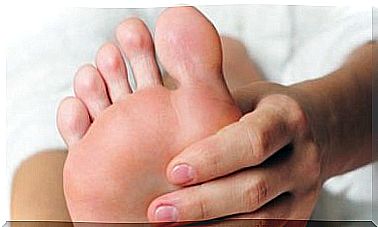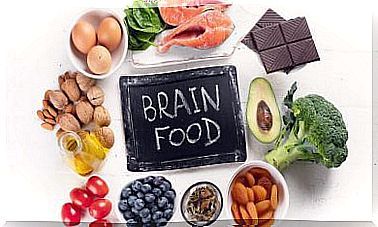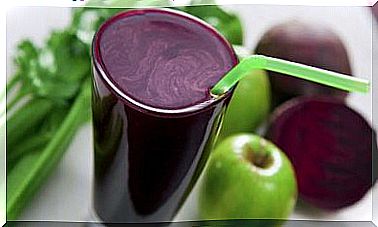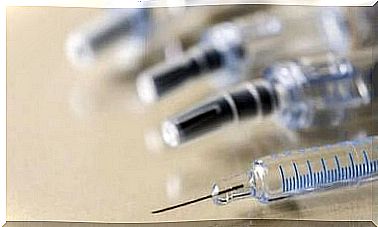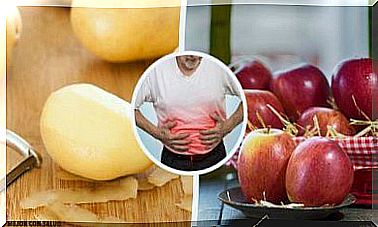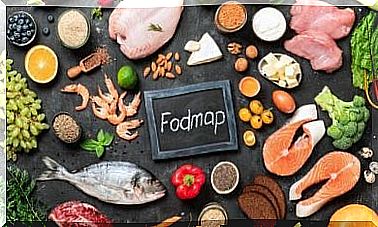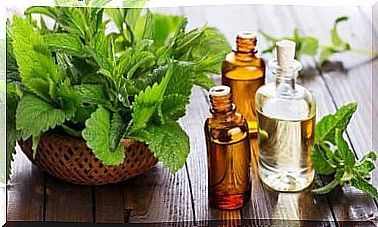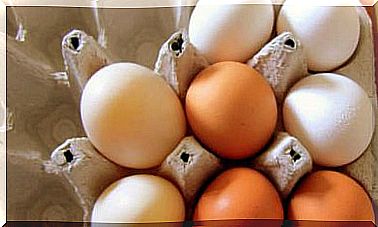Vanilla Extract And Essence: What Are The Differences?

Vanilla is one of the best known, most appreciated and used spices around the world. However, before using it in the kitchen, some doubts may arise, as it is common to confuse two of its forms: essence and vanilla extract.
It is interesting to know the main characteristics of each one. In this way, it will be possible to choose the most suitable one and understand its qualities.
Vanilla extract and essence: an introduction to the spice
Vanilla is one of the most widely used condiments in the world. It has about 200 volatile compounds that give it a wide variety of aromatic profiles. These change according to the varieties or type of crop.
The natural presentation is the fruit of the plant in the form of a bean, although it is scarce and with a high price. Therefore, the industry responded to the interest of developing a cheaper and easier to obtain version: artificial vanilla or essences.
The first to cultivate vanilla were the Totonaca Indians of Mexico, for whom it represented a cultural symbol. They sent it to the Aztecs, who used it to flavor chocolate drinks.
Today, vanilla is also added to dairy preparations, such as yogurt or ice cream, to make creams and as a flavoring in many industrialized products.
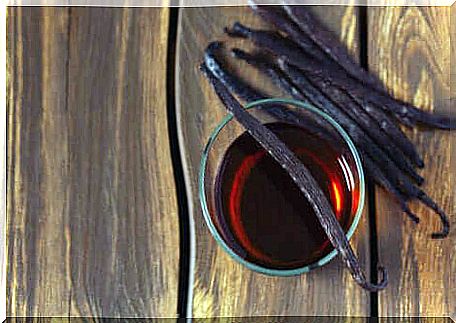
How is vanilla obtained?
The real vanilla comes from the flower of an orchid: Vanilla planifolia . It is native to Central America, from where it spread to Europe. Later, the French introduced it to the African islands of the Indian Ocean: Madagascar, Réunion and Comoros, which are the main suppliers today.
Its bean-shaped fruit is harvested between 6 and 9 months after pollination. It should measure about 20 centimeters. Inside are thousands of seeds surrounded by nutrients: sugars, fats, amino acids and phenols.
The harvest is carried out while they are still green, and to obtain the bean, as it is known on the market, it undergoes a curing process that consists of 3 phases:
- First, you need to expose the broad beans to high temperatures with solar heat, immersion in boiling water or steam.
- Soon after, they are spread out in the sun and screened alternately for a few days. The heat evaporates part of the moisture from the bean, and thus, it is possible to stop microbial growth.
- In a third step, the broad beans are straightened and smoothed by hand. They should dry for a few weeks.
- After that, they are stored for a time during which the flavor and aroma are enhanced. In Madagascar, this process takes place for 40 days, and in Mexico for a few months.
How is vanilla extract obtained?
To obtain the vanilla extract, we start with the original fruit of the plant. The broad beans are macerated in a mixture of ethyl alcohol and water. In this way, all the compounds and aromas of the fruit are transferred to the liquid. The vanillin is a substance which gives it the flavor and the most powerful aroma.
It is a pure product, in which only the necessary liquids are used to extract the active principles from the original fruit. Its aging allows it to develop a more complex and deeper flavor.
There are specific regulations that allow quality control of vanilla extract. For example, in the United States, it must contain at least 35% alcohol and about 400 grams of vanilla seeds per 4 liters.
In addition, it also regulates the addition of ingredients such as sugar, dextrose or glycerin. Only if the product follows these production standards can it be labeled “ vanilla extract ”.
How is vanilla essence obtained?
Vanilla essence is synthetically prepared and is a product that mimics the aroma and flavor of the fruit, but does not come directly from it.
The vanillin is the main component of the flavor of the beans. In the production process of synthetic vanilla, other substances are used, such as pine bark, clove oil, lignin or rice bran. Furthermore, in its manufacture, ingredients such as water, ethanol, emulsifiers and chemical extracts are added.
Vanilla extract and essence: what are the main differences?
At first glance, it is difficult to distinguish between them and to know which is the most convenient to use. However, its origin, its possible applications and the final price are very different.
The price
Obtaining vanilla the traditional way is a laborious process. The pollination process is carried out manually and the cure and rest applied to the beans can last from weeks to months.
Furthermore, there are few cultivation and production regions. For these two reasons, we understand the high price of natural vanilla extract and beans. As a result, most of what is consumed in the world today is of synthetic origin.
The origin
As we saw when explaining the production process, the way to obtain vanilla essence and extract is very different. While one is a natural derivative, the other is a synthetic imitation of its main component.
Its possible uses
Both are used in the production of food products, but given the difference in price and quality, these can change significantly. The food industry uses vanilla essence to produce chocolates, candies, cookies and cereals.
On the other hand, if the objective is to obtain higher quality products or in which vanilla is one of the main protagonists, it is preferable to choose the extract. Ice cream and yogurt makers in the United States must use natural extracts in their preparation; otherwise, they cannot label their productions that way.
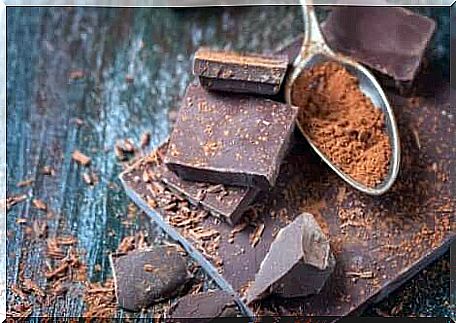
Vanilla extract and essence in gastronomy
The differences between the two products are notorious, highlighting among them the higher quality, flavor and aroma of the extract in relation to the essence. Therefore, when we have to use small amounts, it is preferable to use the extract.
There are other ways to use this valuable spice in the kitchen. Both the essence and the vanilla extract can be replaced by bean pulp or pure vanilla powder.
Given the high cost of the extract and the possible difficulty in finding it on the market, it is possible to choose to make it at home from beans and alcohol to marinate them.
Although its main use is in sweet recipes and preparations, it is never too late to experiment in the kitchen and try to introduce this delicate spice to meat, fish and other tasty dishes.
